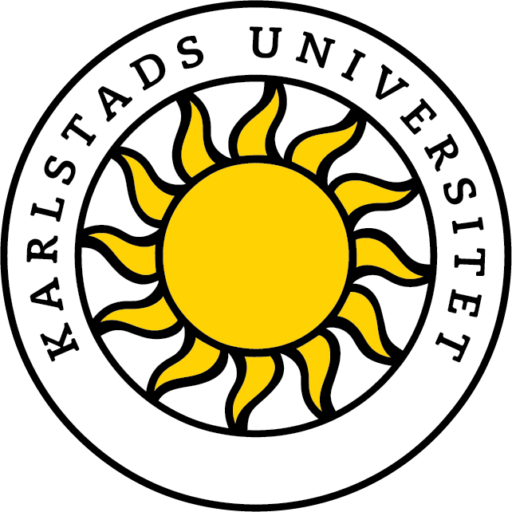Författare: Katharina Rahnert
Institution/enhet: Handelshögskolan
Ämne: Företagsekonomi
This study sheds light on the challenges of communicating knowledge in remote accounting education that would normally be demonstrated on a blackboard or whiteboard. In a synchronous online education setting, the study investigated whether students’ learning experience is facilitated by observing the instructor’s hand while examples are demonstrated. Students of two courses in fundamental accounting observed four demonstrations where the conditions instructor’s hand visible/not visible were alternated using a document camera (hand visible) and a writing pad (hand not visible). The study also explored the reasons for students’ preferences for demonstrations with or without visible hands. In terms of theory, the study contributes to previous research on cognitive load theory and social agency theory. Providing helpful directions for instructional design, the findings indicate that observing the instructor’s hand facilitates students’ learning experience to a considerably higher degree than not observing the instructor’s hand. Preferences for demonstrations with visible hands primarily relate to embodied cognition effects that are generated when observing and imitating human movement due to the mirror neuron system. Other explanations relate to social cue advantages – observing the instructor’s hand induces a feeling of connectedness, which in turn enhances cognitive engagement.
Keywords: accounting education; remote teaching; mirror neurons; cognitive load theory; connectedness; social agency theory
